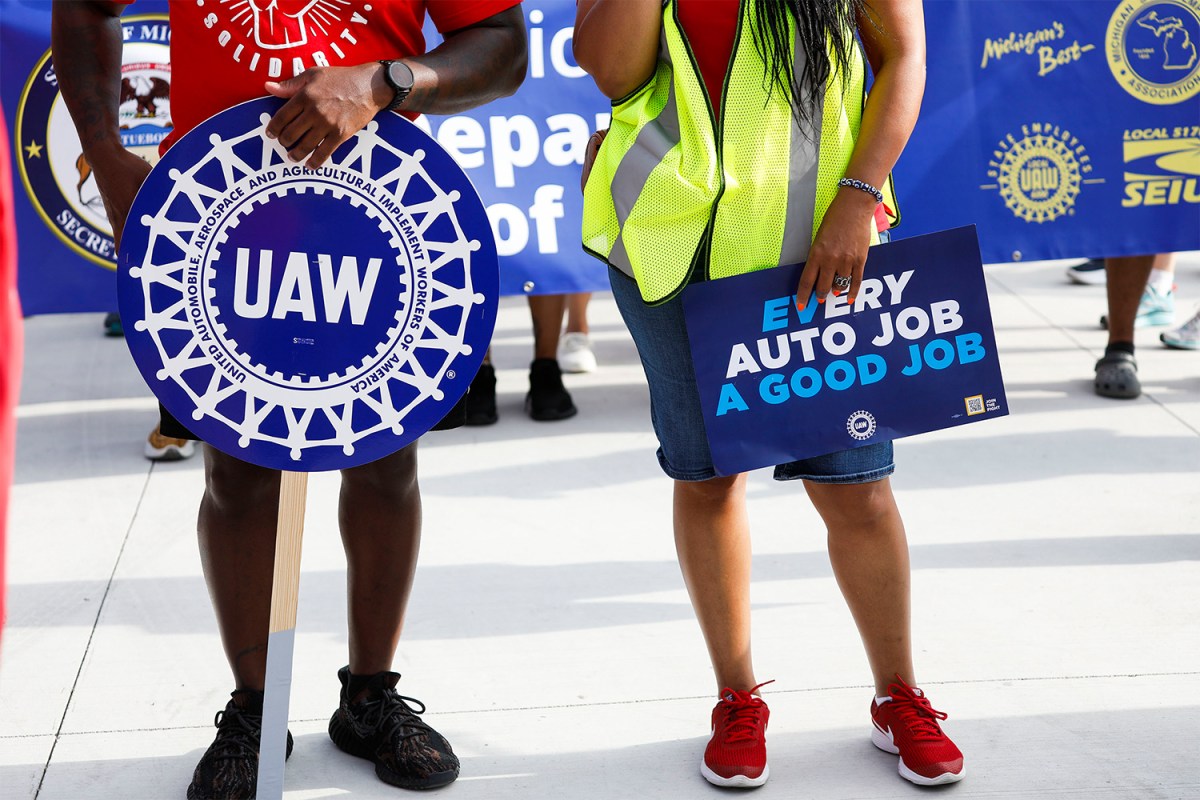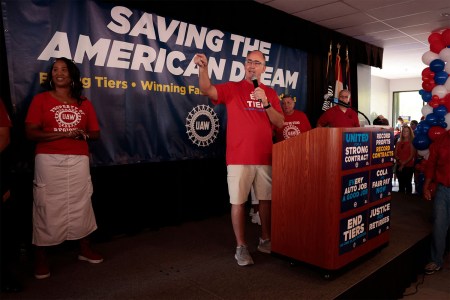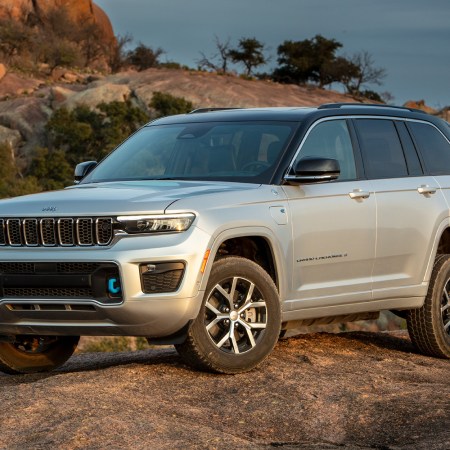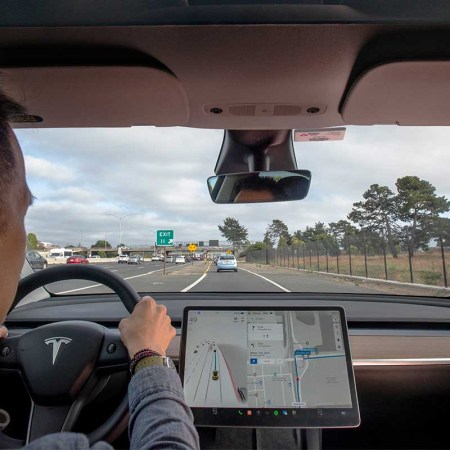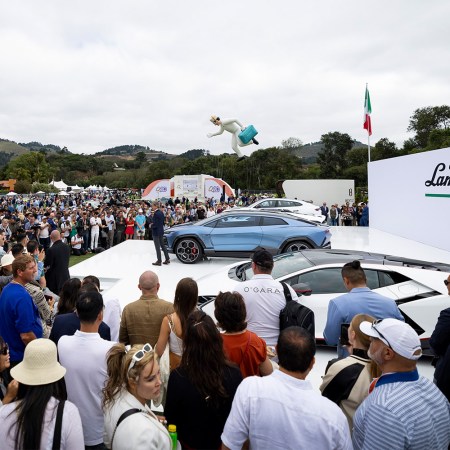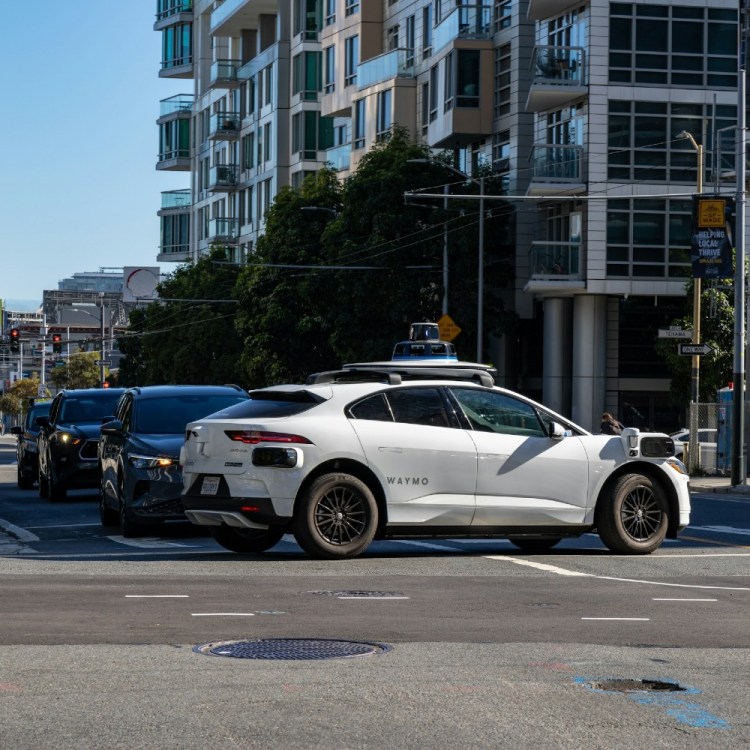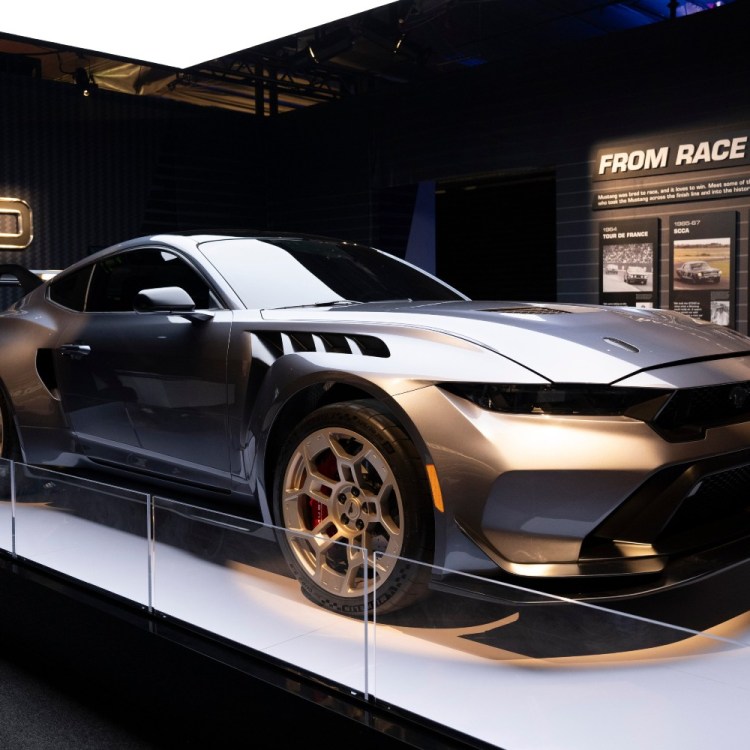“To win, we’re likely going to have to take action.”
That was United Auto Workers President Shawn Fain speaking on Facebook Live Wednesday ahead of a potential strike against Ford, General Motors and Stellantis. At 11:59 p.m. on Thursday, the current contracts at these unionized auto plants expired with no deal reached among the UAW and any of the companies. The first-ever simultaneous strike against all of the Big Three automakers in the U.S. has begun.
What does the UAW strike mean for the country, for the industry and for you, the consumer? And what do electric vehicles and Tesla have to do with this showdown? Let’s dive in.
What Electric Cars Have to Do With the Potential Auto Worker Strike
Many of the UAW’s demands stem from the accelerating EV transitionWhat Automakers Are Involved?
The UAW is negotiating for better contracts with Ford, GM and Stellantis. GM brands include Buick, Cadillac, Chevrolet and GMC. Stellantis formed in 2021 when Fiat Chrysler Automobiles merged with France’s PSA Group; their North American brands include Chrysler, Dodge, Jeep and Ram. While the auto union has conducted strikes in the past against these automakers, they have never organized against all three at the same time.
When Is It Happening? And Why?
Current contracts for the unionized workers at these automotive factories and various manufacturing facilities expired at 11:59 p.m. on Thursday, September 14. A strike began at that time, but not all workers immediately joined picket lines, as we’ll discuss below.
The union is asking for a number of significant improvements to their contracts. Fain describes the asks as “our fair share of the quarter of a trillion dollars the Big Three has made over the past decade.” Meanwhile, former Chrysler chief Bob Nardelli told CNN the UAW is “asking for the moon.” The demands include 40% wage increases over four years (46% compounded), full 40-hour pay for a 32-hour workweek (partly to counter the fact that EVs take less time to build than gas cars), an end to a tiered system of compensation, and better retirement, healthcare and profit sharing.
How Will the Strike Work?
While the UAW could have theoretically stopped all work across the three automakers at the same time, which would see around 146,000 workers join picket lines, they started off with a unique tactic they’re calling the “Stand Up Strike.”
“Instead of striking all plants all at once, select locals will be called on to ‘Stand Up’ and walk out on strike,” the UAW explains. “As time goes on, more locals may be called on to ‘Stand Up’ and join the strike. This gives us maximum leverage and maximum flexibility in our fight to win a fair contract at each of the Big Three automakers. Locals that are NOT called on to join the Stand Up Strike will keep working. We will NOT extend the contracts, so you will be working without an agreement.”
The benefit of this tactic is that the UAW will be able to keep the strike going for longer if some employees continue working and receiving wages and benefits, instead of all 146,000 members relying on the union’s strike fund. As NBC News explains, if all workers went on strike at the same time, receiving $500 a week during the stoppage from the UAW, the $825 million strike fund would be depleted in about 11 weeks, possibly sooner. But there’s also the possibility the automakers will shut down production even if strikes are targeted rather than carried out en masse.
What Are the Automakers Saying?
On Wednesday, Ford President and CEO Jim Farley said the company has put forth four offers since August 29, “each one…increasingly generous,” while not receiving “any genuine counteroffer.” GM said it is bargaining “directly and in good faith,” and Stellantis said it submitted a proposal on Tuesday without receiving a counter from UAW, as NPR reports.
One of the main reasons the Big Three aren’t accepting the UAW demands outright is that, despite record profits in recent years, the automakers are forecasting tough financial times ahead in the expensive shift to electric vehicles.
“The companies say they need to balance their labor costs with investments in EV infrastructure, especially given growing competition from the likes of Tesla, Volkswagen and Hyundai, which all employ typically much cheaper nonunion workers in the U.S.,” NBC News reports.
As the strike became all but assured on Thursday, the automakers had much harsher things to say about UAW. Farley claimed that if the current union proposal had been in effect since 2019, instead of Ford making $30 billion in profits over that time period, they’d instead have lost $15 billion “and gone bankrupt by now.“
The Tesla Problem
Tesla is the largest producer of electric vehicles in the U.S. and the Big Three are all currently playing catch-up. Part of the reason Elon Musk’s company has been able to dominate the market, besides being the first major player in the EV space, is they don’t employ unionized workers. This has a two-pronged effect: Tesla is able to make more profit per vehicle than other EV makers because of lower costs, and it’s able to implement streamlined production because there’s no need to negotiate around the longer work hours and more complicated assembly lines necessary for gas-powered vehicles.
“Tesla currently makes vehicles at an estimated labor cost of $45 to $50 per hour, whereas the Detroit Three make vehicles for about $64 to $67 per hour,” writes Axios. “Both figures include wages, benefits and profit-sharing.”
If the UAW is able to win its fight, the Big Three will be paying even more per vehicle than they currently are, giving Tesla another leg up. On the other hand, the union would also potentially have more power to convince Tesla workers that they should unionize, considering their gains. If the UAW isn’t able to get its demands met, then that lowers its chances of converting Tesla workers and others in the growing non-unionized EV sector even further.
How Will This Affect You?
If the strike drags on for months, we’ll see supply dwindle for vehicles made by all three automakers. But even a short strike could lead to big consequences: Anderson Economic Group estimates a 10-day strike by the entire UAW workforce would cost the U.S. economy $5 billion.
The strike will last at least one day, as Fain said earlier this week that the union would not negotiate on Friday at all. Instead, around 13,000 UAW members are currently engaging in the Stand Up Strike, and there is a rally planned with Senator Bernie Sanders in Detroit on Friday night.
In terms of impact to the average American, as CNN explains, “Economists say a UAW strike is unlikely to cause a recession, though it would do damage to local economies and parts suppliers.”
This article appeared in an InsideHook newsletter. Sign up for free to get more on travel, wellness, style, drinking, and culture.
